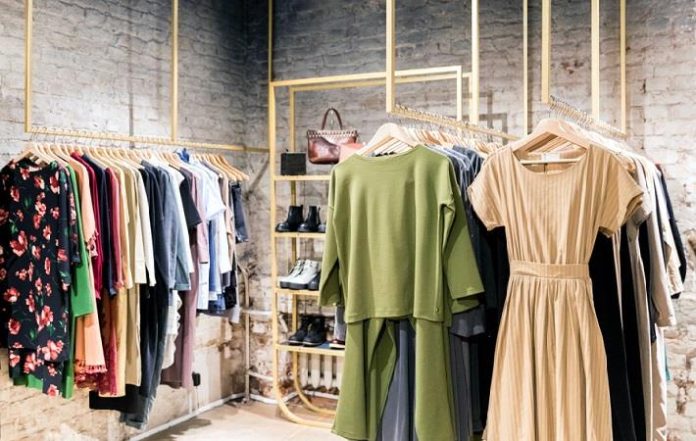Seeking relief measures for the apparel sector, Indian apparel exporters have requested the government to extend the interest equalization scheme for a minimum of two years and at a rate of 5 per cent for all apparel exporters to mitigate the crisis faced by the highly capital- and labour-intensive segments.
In a letter to Commerce and Industry Minister Piyush Goyal, Apparel Export Promotion Council (AEPC) chairman A Sakthivel wrote, “Given the extremely volatile and uncertain cash flow situation of the apparel exporters, we request you to kindly announce continuity of the interest subvention scheme which expired on March 31, 2020.
About 70 per cent of the apparel units are in the MSME sector. It is imperative to note that the member-exporters strictly comply with national and international norms, and adhere to the highest levels of social responsibility.
“It is further requested that this enhanced 5 per cent Interest Equalization Scheme so far available to MSMEs may also kindly be extended to all the Apparel exporters for at least two years up to March 31, 2022 to enable the industry to have affordable access to credit. In the absence of any announcement on this scheme, the banks are debiting the accounts of the exporters,” he added.
Sakthivel further requested Goyal to impress upon the Ministry of Finance and the RBI Governor on certain other issues that are affecting the apparel exporters.
The requests include extension of packing credit and forward contract by 6 months without penal interest and waiver of penalty imposed on forward covers by some banks. He also requested for an increase in working capital limits by minimum 25 per cent without any additional collateral.
“Sir, the present crisis is the biggest challenge faced by our Apparel Export Industry. Your decisive and timely action will help mitigate the suffering of the apparel industry and the millions of our workers,” the letter stated.
Sakthivel thanked the Commerce and Industry Minister for taking bold and pragmatic initiatives to help the industry in mitigating the present huge crisis.
In the apparel sector, labour costs form the single largest component of product costs where workers’ wages are in the range of 25-30 per cent of the product cost as opposed to the industry norm of 7-8 per cent. Further, we operate under extremely competitive margins in the range of 3-4 per cent, and are completely dependent on export benefits granted by the government.


